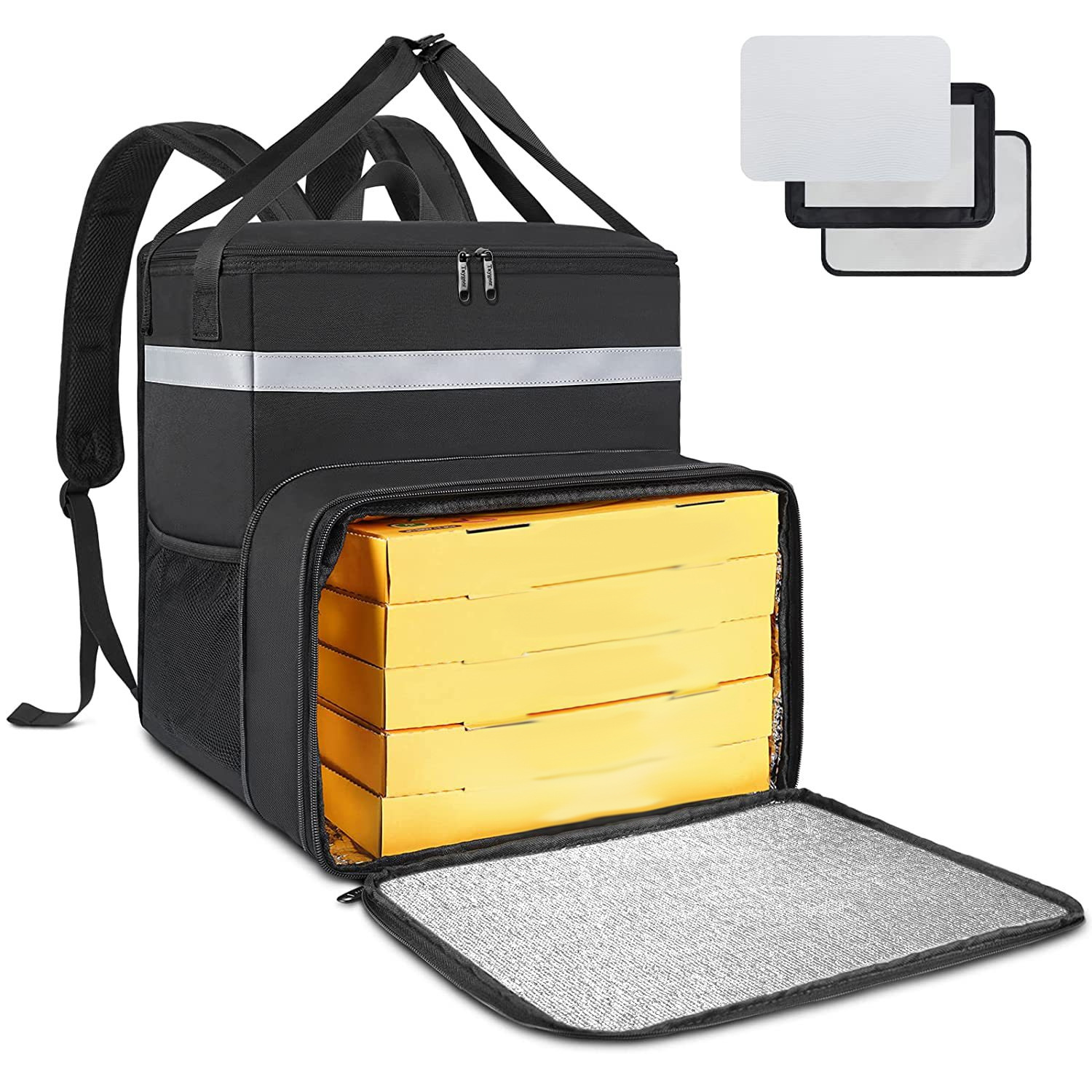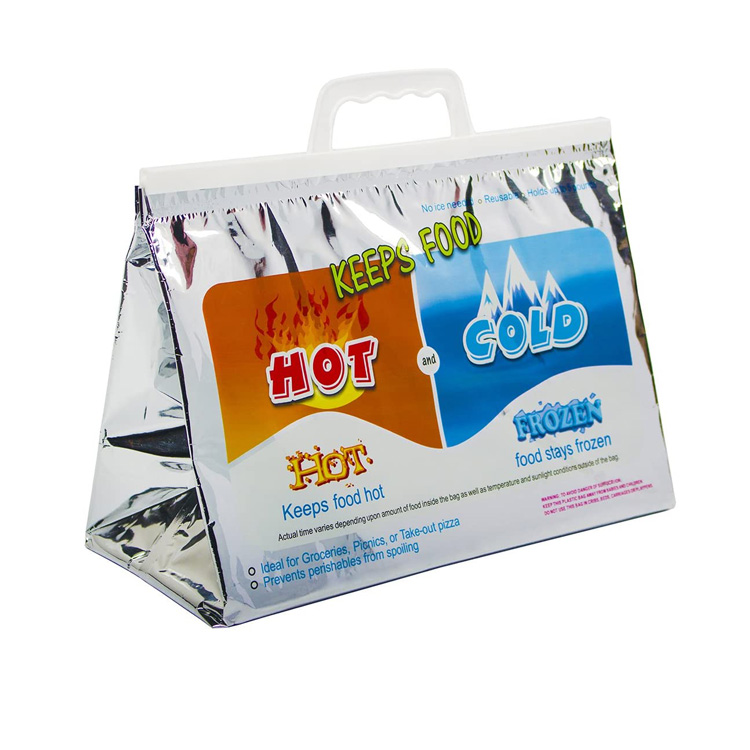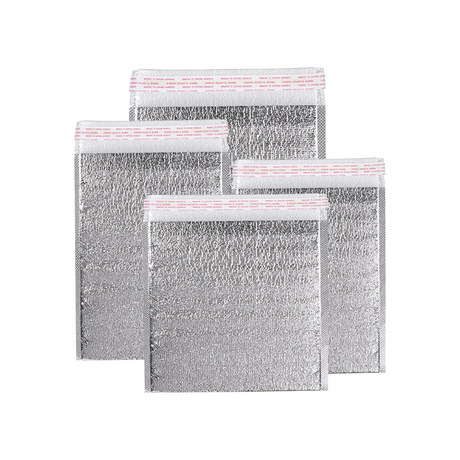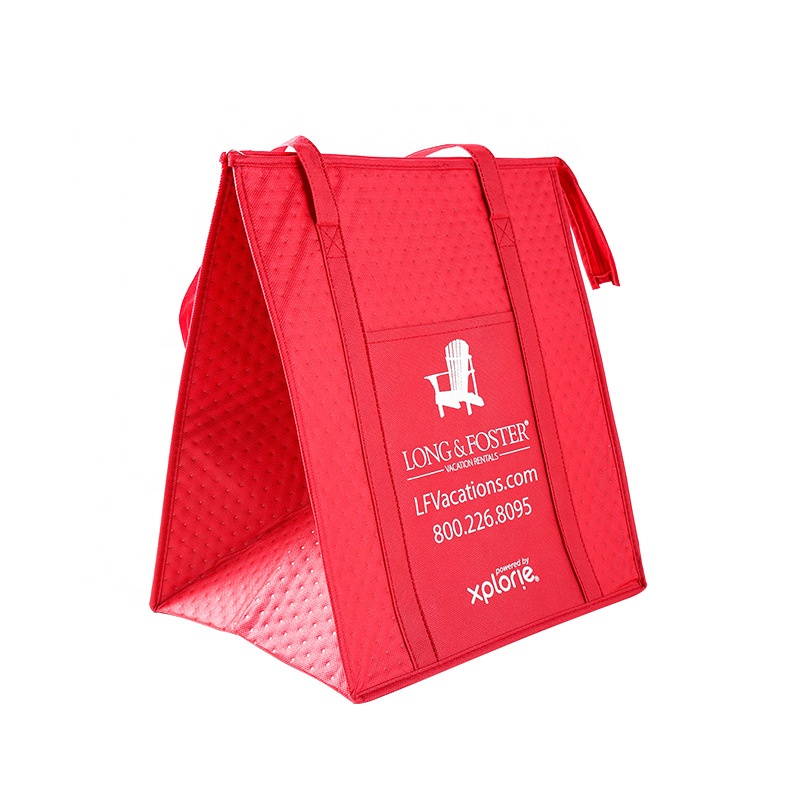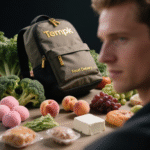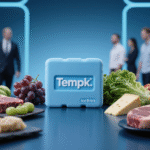The global demand for fresh, temperature-sensitive goods has propelled cold insulated food bags into a pivotal role across food delivery, grocery services, and pharmaceutical logistics. These bags combine advanced insulation, daya tahan, and eco-conscious design to ensure product safety while reducing environmental impact. This article explores the latest material innovations, industry challenges, and Tempk’s cutting-edge solutions redefining portable cold storage.

1. Material Advancements Driving Thermal Efficiency
Modern insulated bags leverage groundbreaking materials to optimize performance:
-
Bio-Based Insulation Layers: Mycelium foam (derived from mushroom roots) provides 0.032 W/m·K thermal conductivity, rivaling petroleum-based foams while decomposing in 60 hari -hari.
-
Hybrid Phase-Change Liners: Soy wax-PCM composites maintain 0–4°C for 48+ jam, outperforming traditional gel packs by 35%.
-
Recycled EPP (Polypropylene yang diperluas): Tempk’s patented EPP blend offers 95% recycled content and 2x the crush resistance of EPS, ideal for reusable designs.
2. Key Applications and Performance Benchmarks
-
Pengiriman Makanan: FDA-approved bags with antimicrobial liners reduce bacterial growth by 99%, keeping meals fresh for 24-hour shipments.
-
Grocery E-Commerce: Vacuum-insulated compartments with aerogel panels sustain -18° C untuk 72 jam, even in 30°C ambient temperatures.
-
Pharma Transport: WHO-compliant bags using salt hydrate PCMs stabilize 2–8°C for 120 jam, critical for insulin and vaccines.
3. Sustainability Challenges and Industry Responses
-
Cost Barriers: Biodegradable materials cost 20–30% more than PVC, but brands like Tempk offset this via circular leasing models.
-
Recycling Limitations: Multi-layer insulation (MISALNYA., foil-PET) sees <15% recycling rates. Tempk’s mono-material EPP design achieves 100% closed-loop recyclability.
-
Carbon Footprint: Freezing accounts for 65% of emissions. Solar-powered cold storage hubs cut energy use by 50%.
4. Smart Technologies Reshaping Portable Cooling
-
IoT Integration: Bluetooth sensors track internal temps (±0.3°C accuracy) and alert users via apps for HACCP compliance.
-
Self-Chilling Systems: CO₂ cartridge activation cools bags to 4°C in 8 menit, eliminating pre-freezing needs.
-
AI-Driven Design: Algorithms optimize insulation thickness based on delivery routes, reducing material waste by 25%.
5. Tempk’s Insulated Bags: A New Era of Eco-Cooling
Tempk’s EcoChill Pro Series leads the market with:
-
Triple-Layer EPP Insulation: Maintains 0–4°C for 96 jam—40% longer than competitors—using 100% post-consumer recycled materials.
-
Zero-Waste Ecosystem: Through Tempk’s BagReturn Program, 98% of retired bags are refurbished or recycled into raw EPP pellets.
-
Ultra-Lightweight Build: 30% lighter than traditional designs, cutting shipping emissions by 15% per trip.
By merging durability, smart tech, and circularity, Tempk’s bags set the standard for sustainable cold chain portability.







